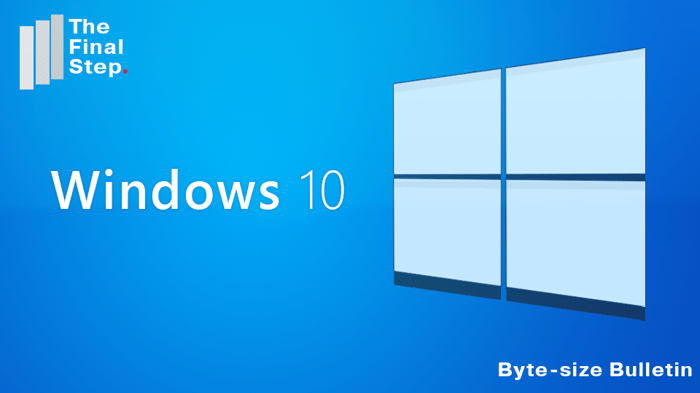
Windows has a file rename feature that allows you to change the name of multiple files in one go. We have a Byte-size Bulletin on it, but you have to give all the files the same name and afterwards make individual edits on each file name.
Microsoft makes available a free set of tools called PowerToys. One of the utilities included is PowerRename, which allows you to search for certain criteria in multiple filenames and change them, reducing the amount of manual editing required.
You can download the PowerToys tools from GitHub.
Once downloaded and installed you can activate PowerRename and use it. Here's an example of what it can do.
If you are new to this tool and to features related to search and replace you may want to copy the files or check you have a restorable backup, in case something untoward happens as you are renaming.
Let's say you have downloaded some invoices that are not named in a way that is easy to recognise. You have installed PowerRename and are ready to make changes.
The basics of using PowerRename
- Open Windows Explorer and find the folder containing the files to be renamed.
- There are two ways to select the files you want to work on:
- To select all the files in a given folder, right click on the folder itself and from the pop-up menu select "PowerRename".
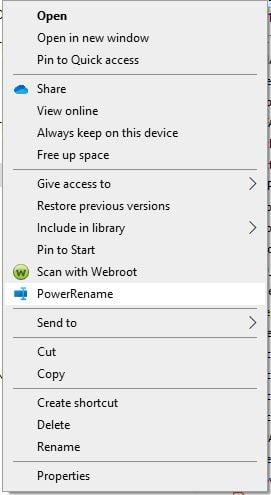
- To select all the files in a given folder, right click on the folder itself and from the pop-up menu select "PowerRename".
- The PowerRename window opens. It has three main sections:
- The left hand side controls the file name details you want to search for and replace.
- The right hand window splits into a list of files names as they currently stand, called "Original"
- And to the right of that, a list of file names as they will appear once you select your search and replace criteria.
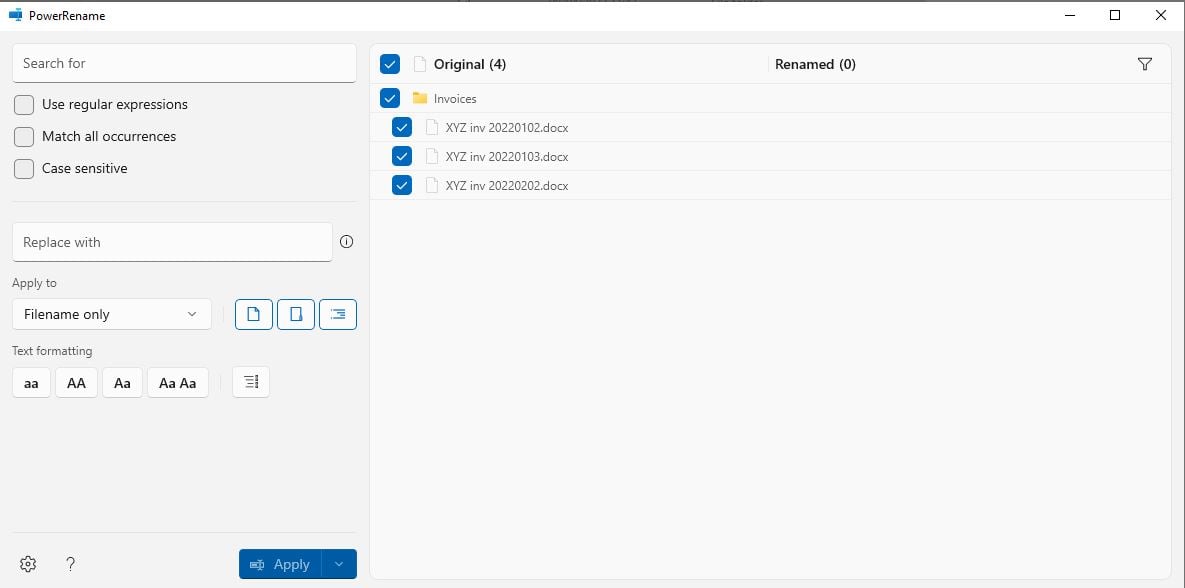
- Ideally, when you open the PowerRename window, delete any criteria in the "Search for" and "Replace with" boxes so start with a blank slate.
- In the example above I have invoices with names similar to this: "XYZ inv 20220102". I want to keep "XYZ" as the company reference and "inv", indicating it is an invoice. But is that a 2nd January or a 1st February 2022 invoice?
- To make it clearer I am going to check the company's invoice naming convention and when I know the month comes first I know how to edit. In the "Search for" box I type "202201"
- In the "Replace with" box I type "2022[space]Jan[space]" and PowerRename previews my changes.
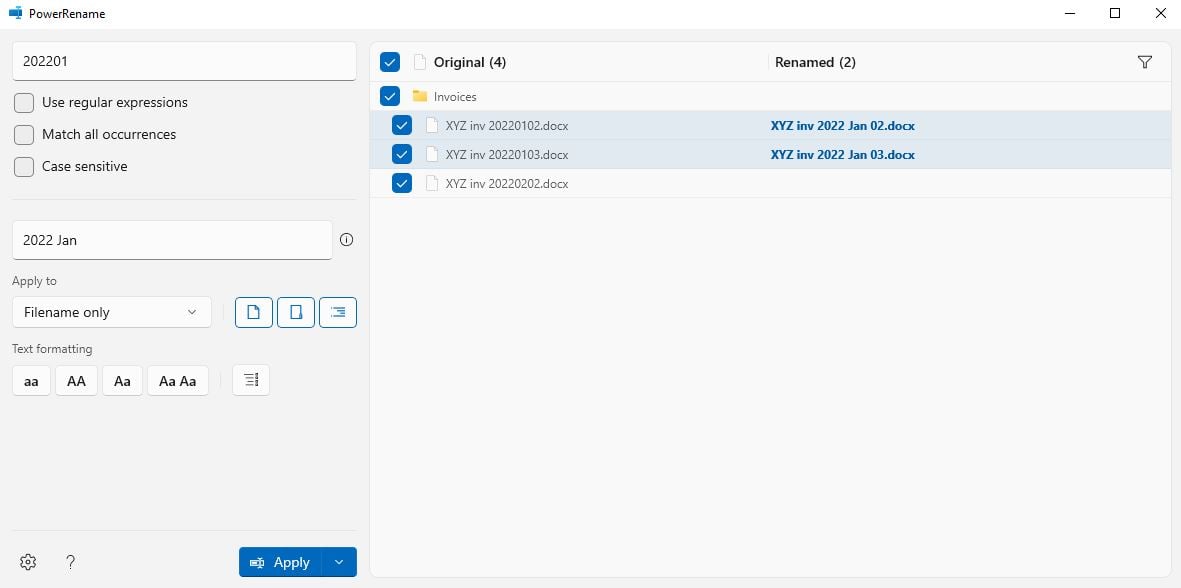
- Check you are happy that the right files are having the intended edit applied correctly and once satisfied, click on "Apply" to make the edits.
- Note that PowerRename starts previewing as soon as there is criteria in the "Search for" box, so if you leave "Replace with" blank it assumes you want to replace with nothing, in effect a deletion.
- You can now apply the same principles to rename other months and other years.
Advanced features of PowerRename
- To the right of the "Replace with" box there is an info icon. Clicking on that pops up a menu of options you can use in that box. Be careful, PowerRename looks at the metadata attached to that file (detailing what date and time it was created) that information is not necessarily the same as any date and time stamp in the filename.
- By default PowerRename only examines the filename when it searches and replaces. It does not look at the file extension, i.e. .DOC or .PDF etc. File extensions tell you computer what type of file it is and how to open it. Changing file extensions can stop you working with files!
- Putting a tick in the box "Use regular expressions" results in an info icon appearing on the right of the "Search for" box. Clicking on that produces a list of criteria you can type in the box to search. Expressions indicate the type of data to search for, e.g. any letter A-Z, rather than a specific letter you type. They are beyond the remit of this tip, but the PowerRename info menu contains a link because using expressions makes your searches considerably more powerful.
- Ticking the "Case sensitive" box makes PowerRename pay attention to whether text is upper or lower case.
A future Byte-size Bulletin will cover how to rename files on a Mac.


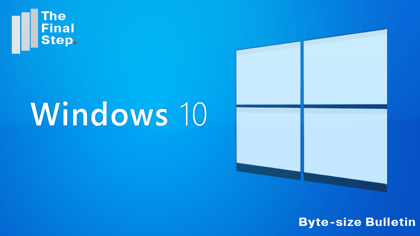
%20(Facebook%20Post)%20(1200%20%C3%97%20628px)-3.png?width=420&height=252&name=Byte%20Size%20(1000%20%C3%97%20700px)%20(Facebook%20Post)%20(1200%20%C3%97%20628px)-3.png)

